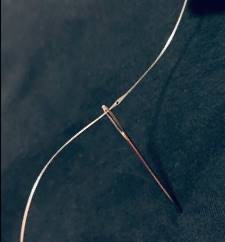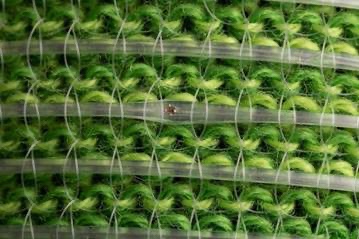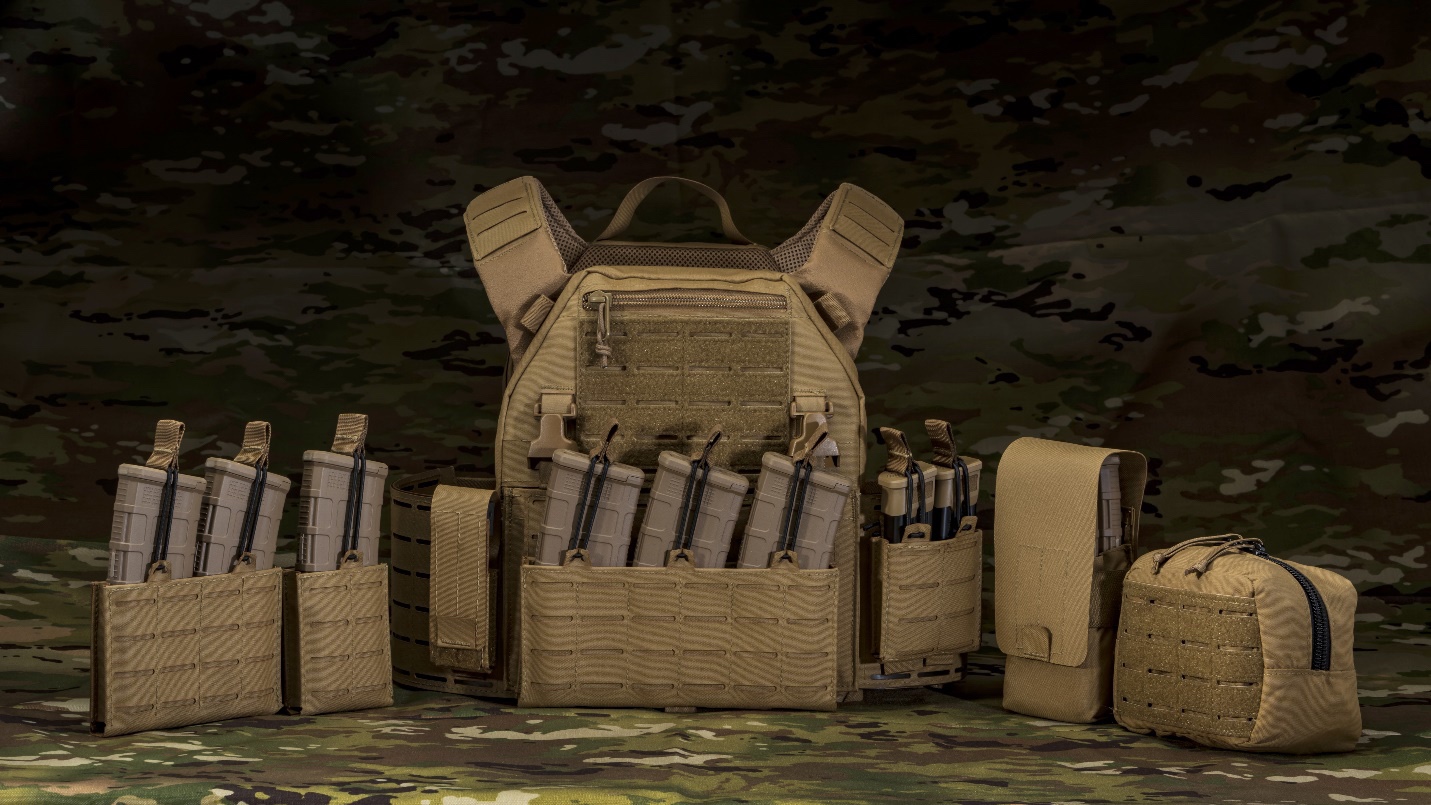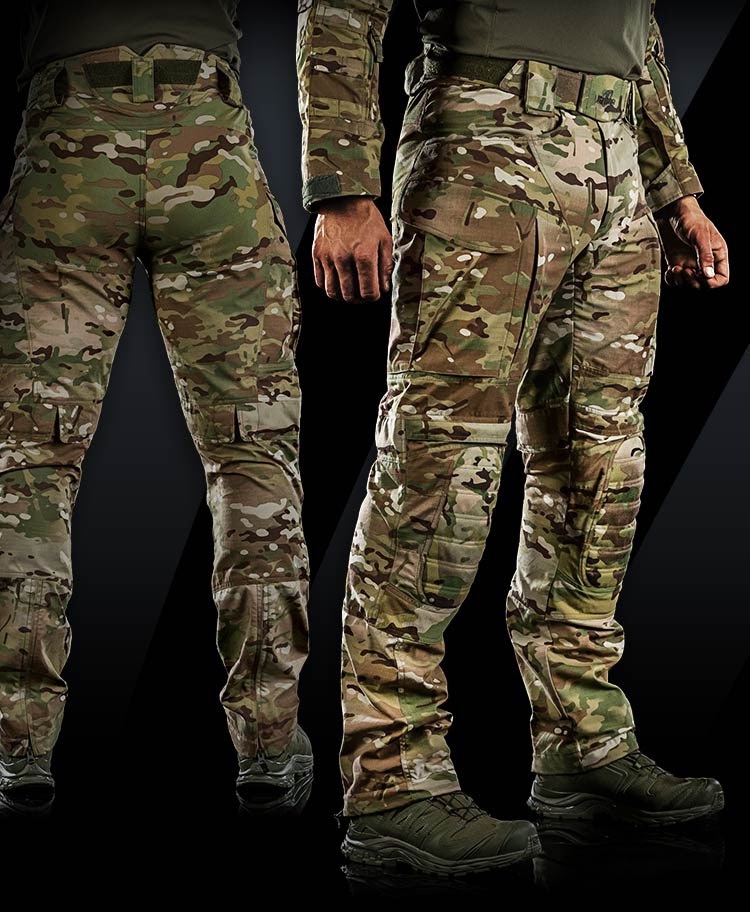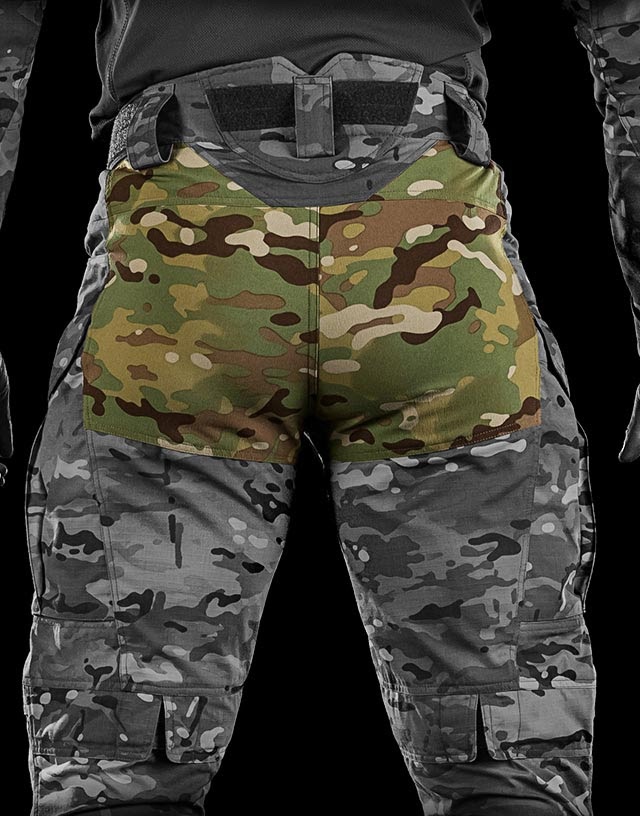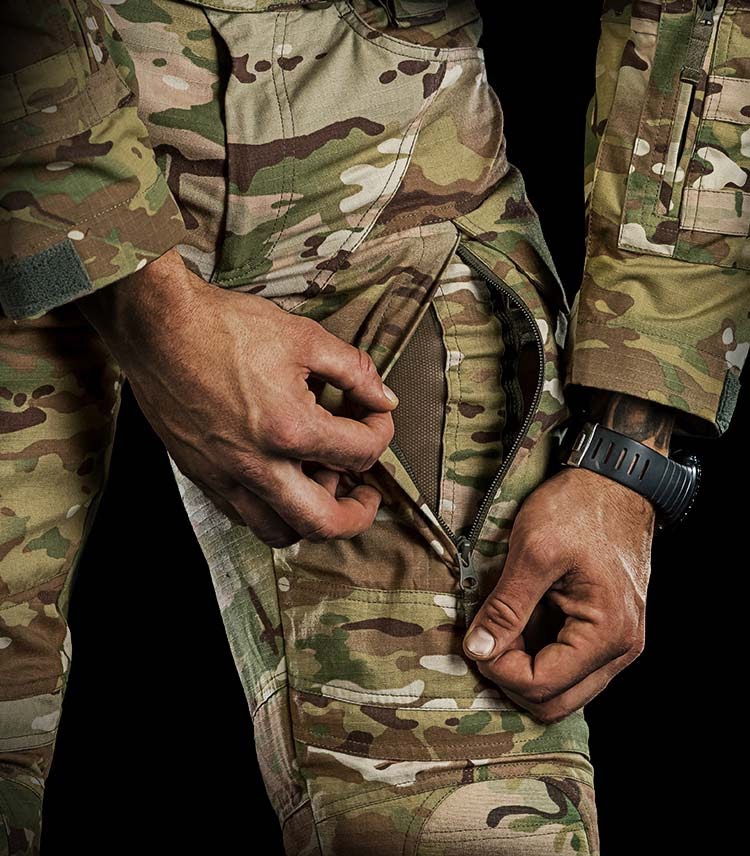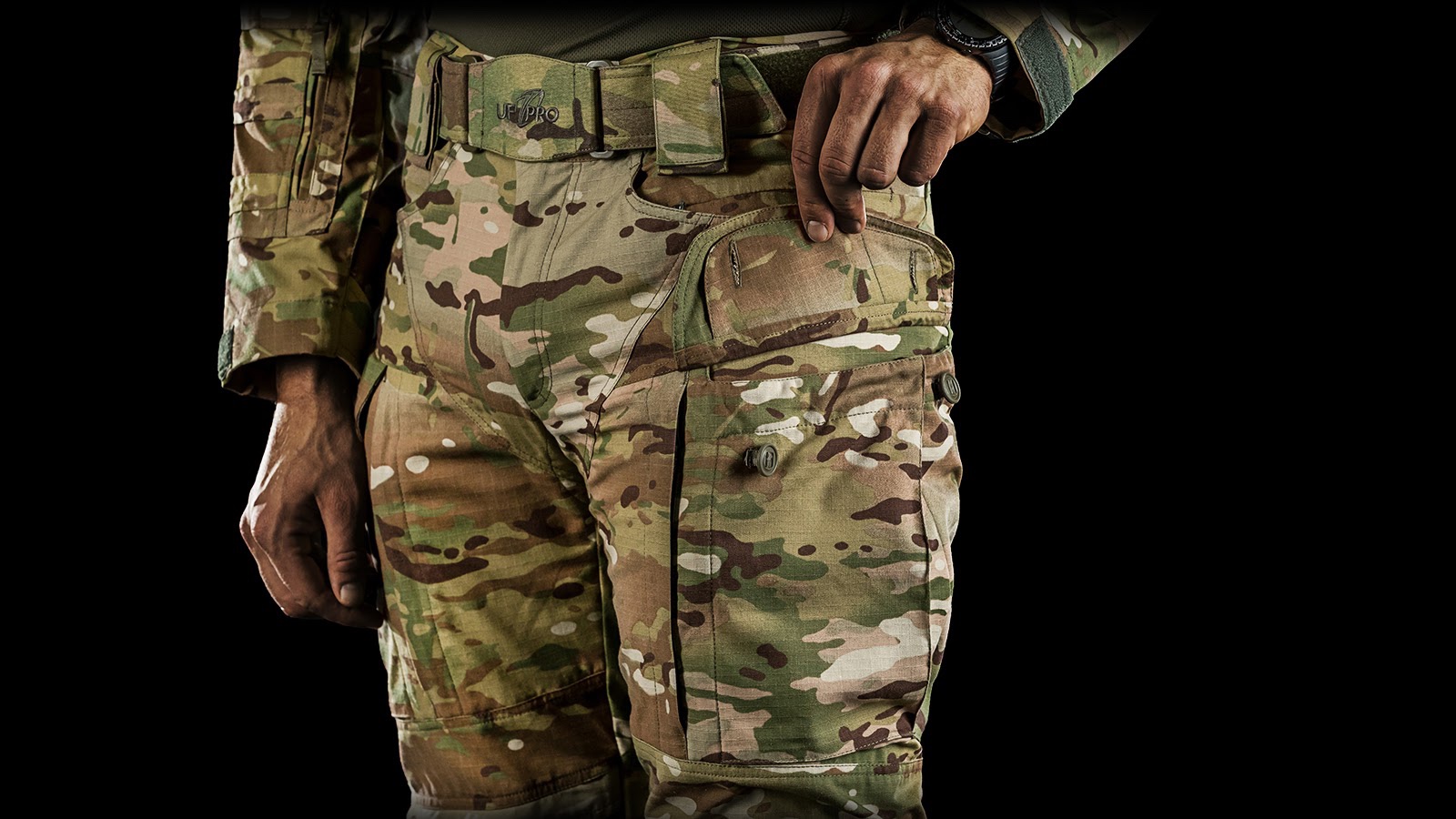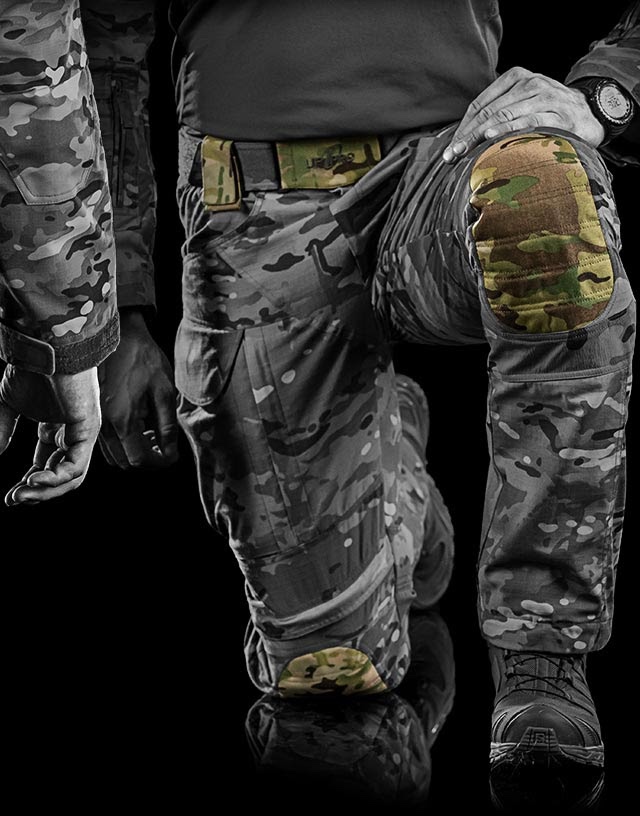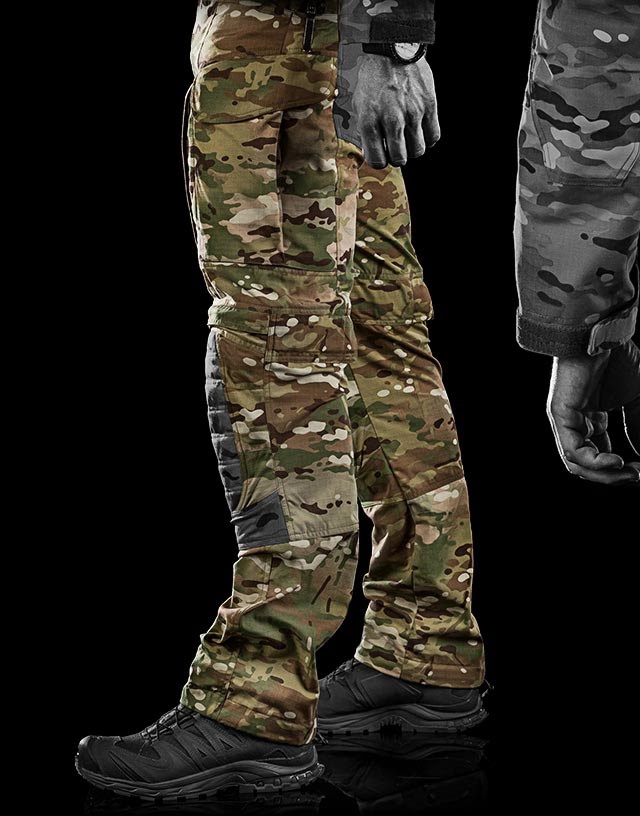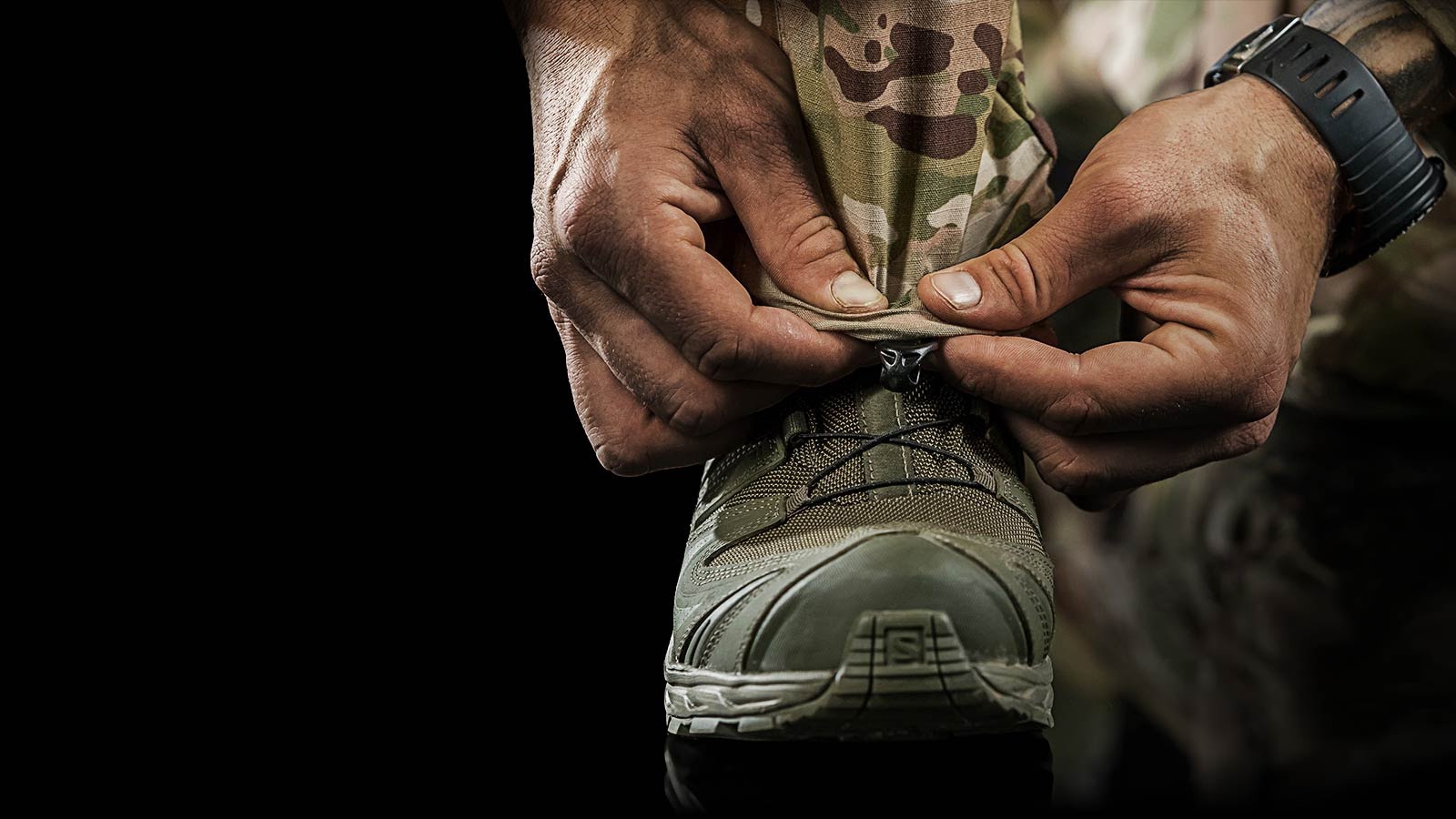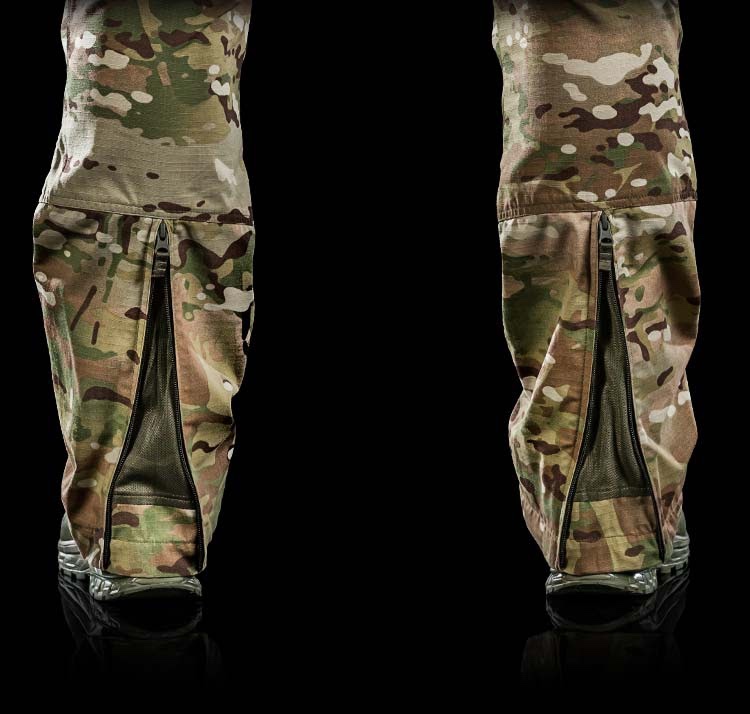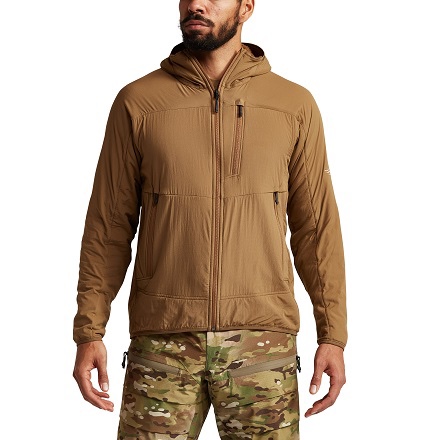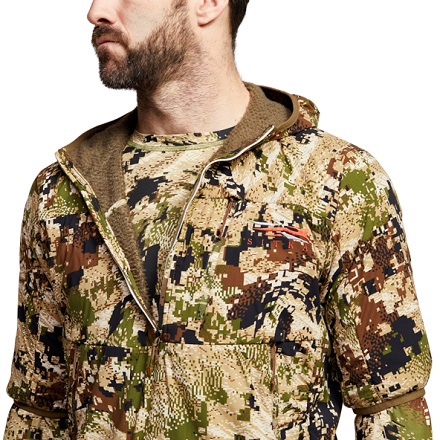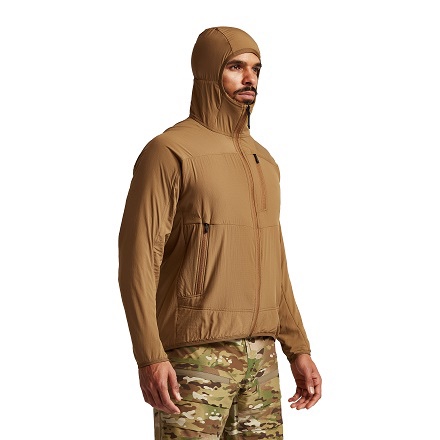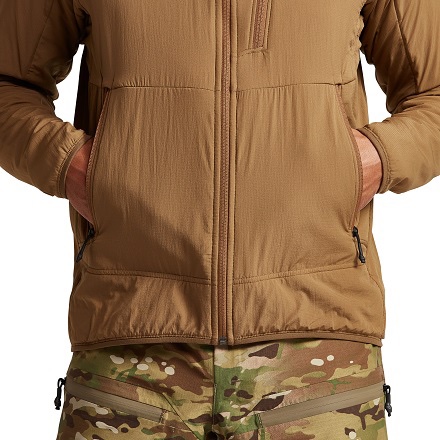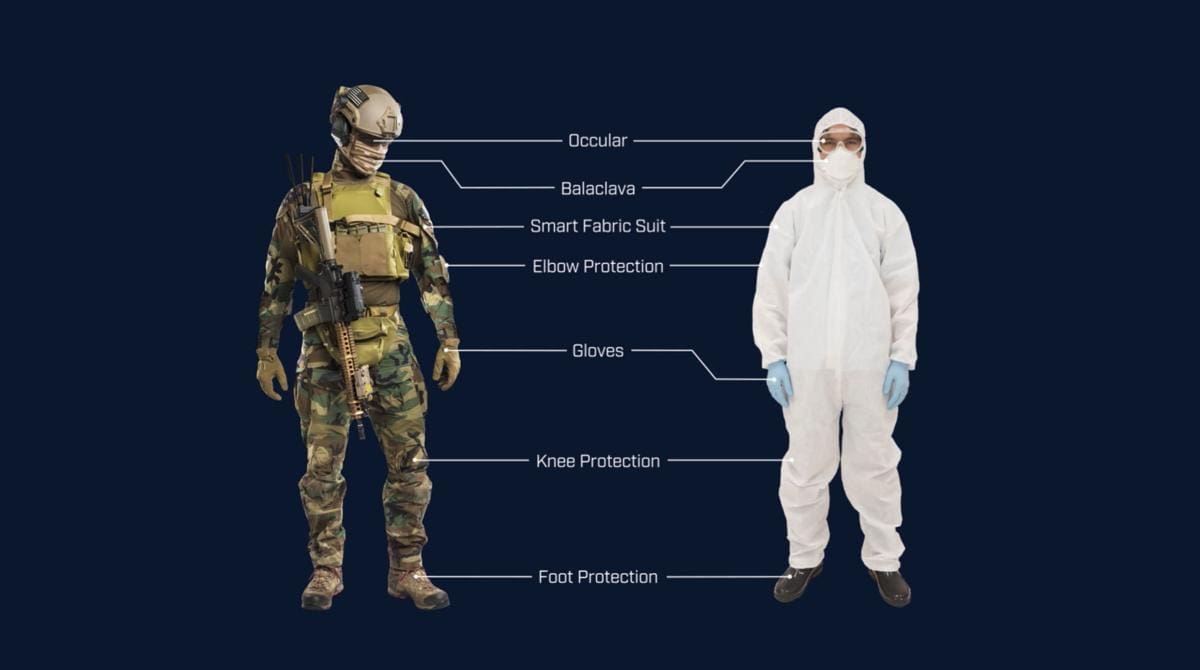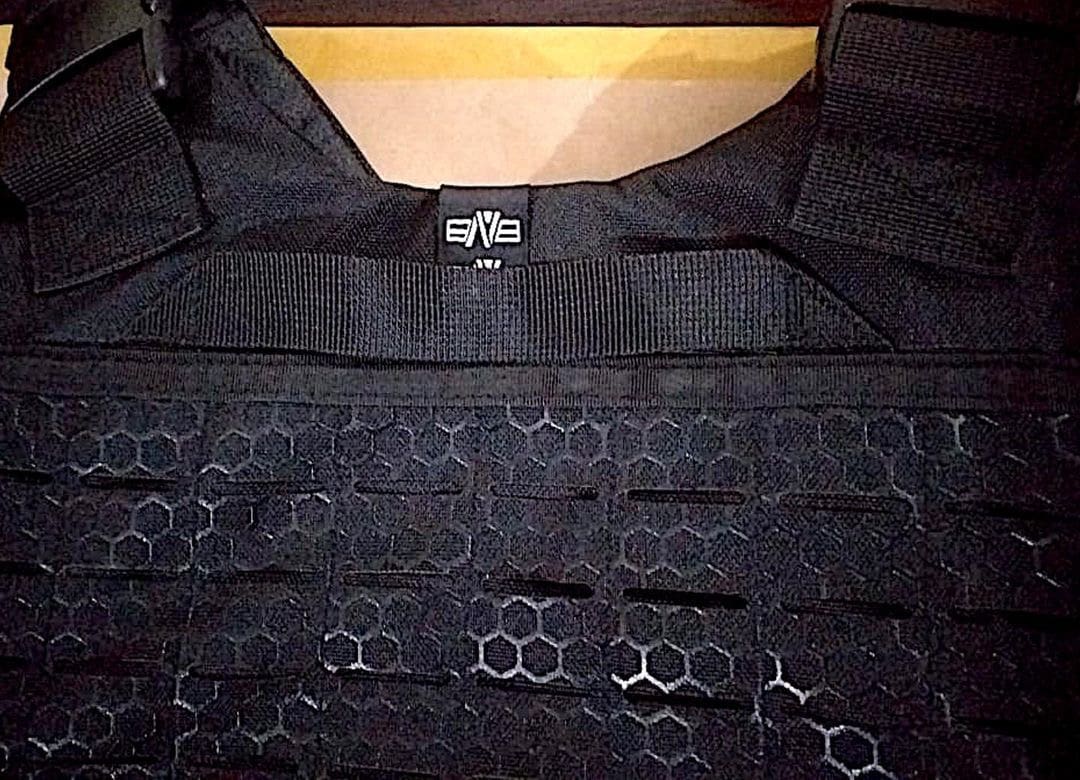This new Military & Protective Materials Business Unit is a natural extension of Shawmut’s 105-year history in advanced materials manufacturing and builds upon the company’s deep experience in high-performance materials innovation, design and manufacturing expertise. Dating back to World War I, Shawmut has been supplying engineered materials and garments for critical military applications. Shawmut is also widely recognized as a leading producer of laminated components for high-performance technical fabric applications, such as wind, flame and water resistance used in rainwear, packs, footwear, body armor and more.
“Military personnel and other high-performing individuals in the utility industry are living and working in a high-spec, high-stakes world. Yet, many of the leading market fabrics and designs for military and protective wear are not up to par with the demands of these jobs,” said James Wyner, CEO of Shawmut. “We’re excited to leverage our expertise in textile engineering, process innovation and commitment to excellence to produce the highest quality materials for the highest performing individuals.”
Shawmut’s Military & Protective Materials division integrates the company’s textile manufacturing, dyeing, finishing and lamination capabilities to develop game-changing new technologies and establish Shawmut as a key player within the US textile and garment industry. The new division positions Shawmut as a catalyst for change and innovation in this highly specialized industry in need of advancements.
To lead the development of this new business unit, Shawmut has hired Noelle Christensen, a seasoned leader in the military and high-performance protective materials industry with more than 20 years of supply chain and business development experience. Noelle brings a diverse perspective and wealth of knowledge across textile manufacturing, domestic and federal garment supply chain, business development, operations and innovation to Shawmut. As the leader of this new business unit, she will position the company as a key provider of innovative textile technology for high performance applications, with a focus on military and protective materials.
Prior to joining Shawmut, Noelle spent 14 years at Massif, a developer of advanced flame-resistant clothing for military and other high-performance applications. Most recently, she served as Massif’s VP/GM where she led the brand through exponential growth as it launched new textile innovations and high-performance clothing categories.
“As a previous customer of Shawmut, I bring a unique perspective to the team, having witnessed its engineers solving seemingly unsolvable problems,” said Christensen. “I am excited about how much more Shawmut has to offer than the market is aware of, such as our ability to quickly solve complex problems and test products on the fly for rapid innovation, and our dedication to quality control that ensures premium, consistent outputs for our customers. The commitment the company is making to sustainability initiatives while expanding our presence in this market is a natural extension of its core expertise learned in another exacting market vertical – automotive.”



